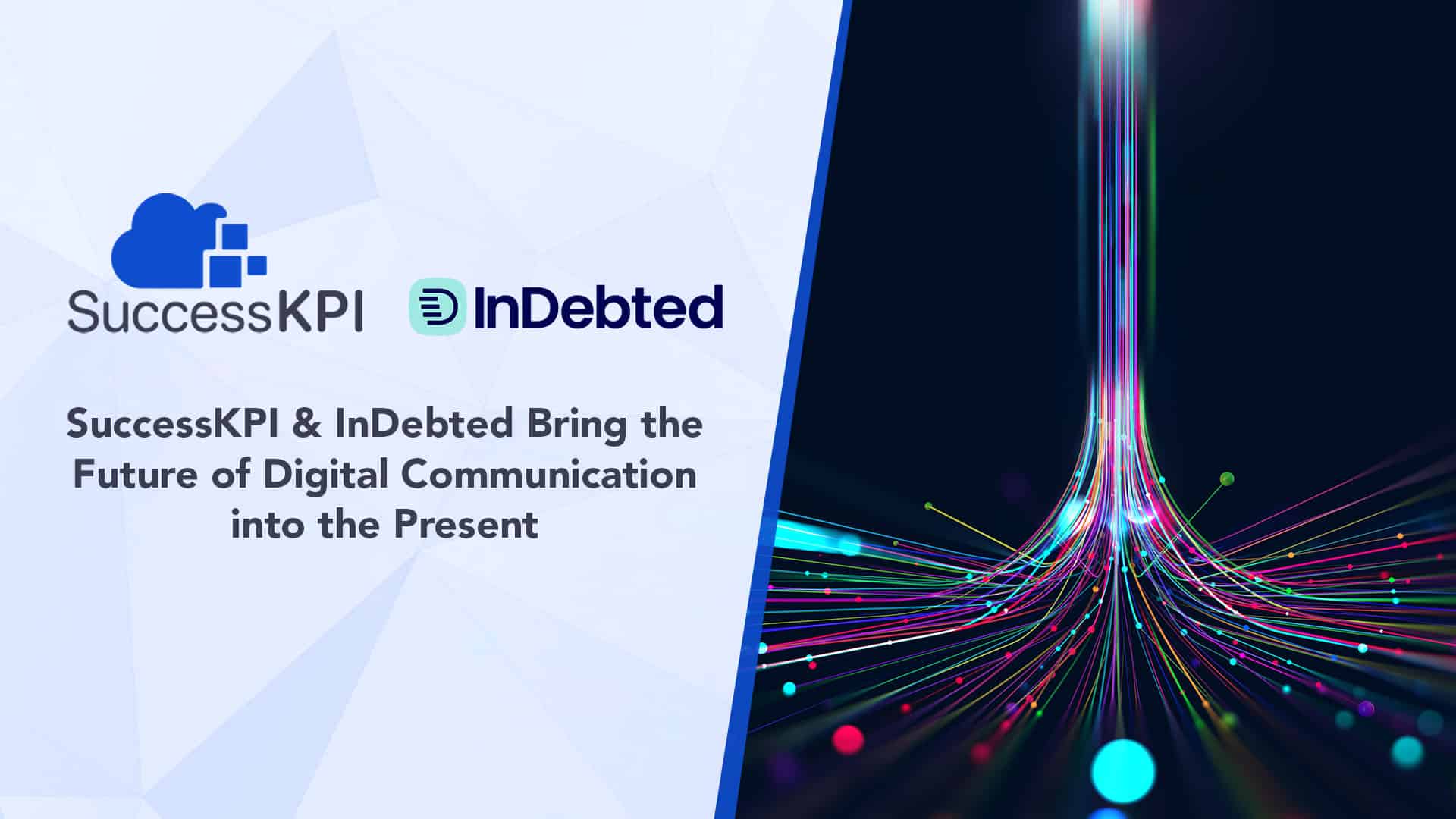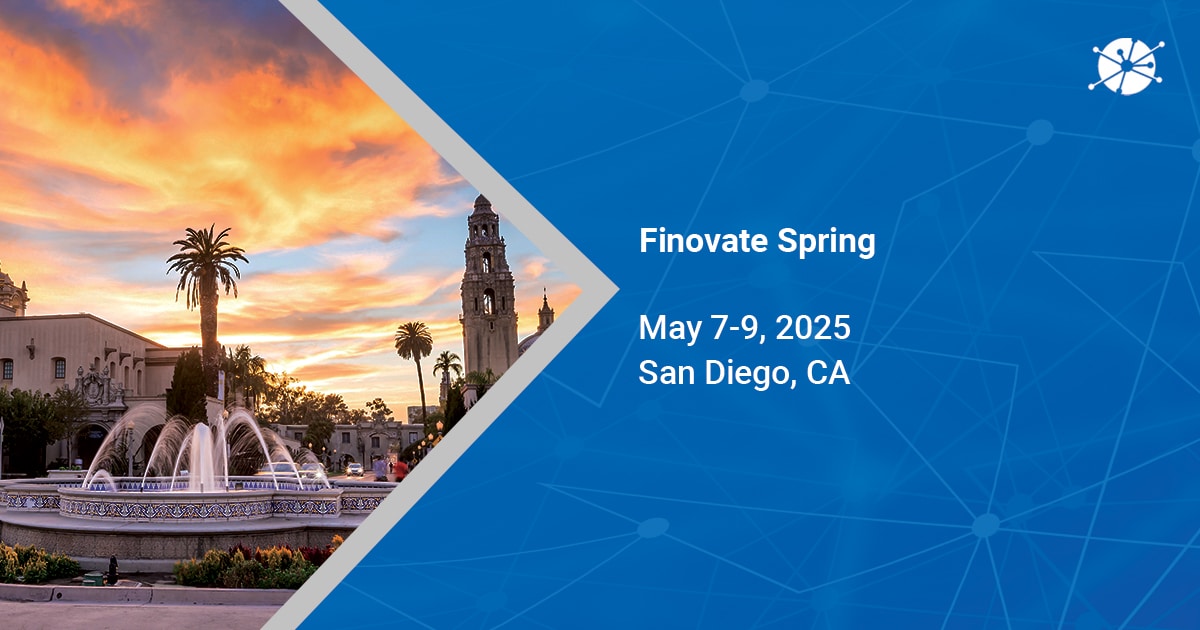
Time to take a fresh look at agent productivity

Scott Ferris, Founder and CEO, Attunely
Technology is redefining agent productivity
Call center agents are essential to the success of debt buyers and collection agencies – and also their biggest expense. Personnel spending accounts for up to 70 percent of costs, so the industry is constantly looking for ways to boost efficiency. Increasingly, that means adopting digital technology and data analytics.
“As AI (artificial intelligence) gets stronger and more powerful, the percentage of issues handled by automated robots, chats, and even text technology is going to increase. It’s coming pretty quickly,” said Bryce Payne, vice president of sales at TCN, a leading provider of cloud-based call center technology.
As a result, the traditional measure of call center efficiency – agent productivity – is overdue for an update. The number of calls handled and the time it takes to resolve a call are becoming less important. Today’s technology puts the focus on the ultimate productivity metric: net recoveries. That’s the difference between revenue received and the resources spent to generate that revenue – regardless of how many minutes the agent spends on the phone.
Agents bring different skills to the table
An agent with great skill at negotiating solutions to complex medical debt cases should handle more of those cases, while an agent that can relate better to consumers with credit card debts or quickly resolve smaller accounts should be given a different workload. And certain people will respond better to a phone call at 3 p.m. than at 9 a.m.
“The continued progress and use of technology creates an opportunity to better understand how people communicate and interact. For example: A consumer that owes $300 of auto debt may have different communications expectations than a consumer who owes $1,000 of student loan debt. Simply put: Increasing the uses of innovative technologies will expand our understanding about how technology can elegantly supplement collection opportunities,” said Dan Fox, head of product marketing and strategy at SmartAction, which builds cloud-based virtual agents.
Most agencies today are not equipped to segment their accounts into categories that enable higher net recoveries or optimize calling patterns, or to programmatically pair agents and individual accounts.
Modern machine learning technology can solve that problem, feeding agents a steady diet of what they do best, while automating many simpler tasks. That’s good not only for the agency, but also the agents, who may experience more job satisfaction and performance-based rewards—no small matter in an industry with near 100 percent annual employee turnover.
“You’re looking for agents to get on the phone with authenticated customers who really want to be talking to a person, who need to be talking to a person. If a customer wants to set up a simple payment arrangement, or they need an extension on their bill, these are things they can do with a highly intelligent automated system,” said Fox.
Don’t forget the consumer
Data science and machine learning can also make the experience more agreeable to consumers, leading to better recovery rates. User experience is an underappreciated outcome and many analytics programs come up short in addressing it.
“As the technology advances, you’re going to see robo-agents handling a larger percentage of the calls that come in. The consumer will be given the option to solve their problem in a way that they’re more comfortable with,” Payne said.
Digital channels, including text messages, email, and chat windows, can increase conversions among consumers who prefer not to talk to an agent over the phone. Many people appreciate having more time to respond to a debt collection inquiry without experiencing a live conversation.
“The idea is to make it as easy as possible for the consumer to communicate with us. It doesn’t necessarily make it easier for us to communicate with the consumer,” said Hal Goldstein, Vice President, Operations, Client Services Inc.
New technology can allow agencies to drive better results without relying as heavily on the skills of their best collectors. More calls covered, with better, more timely information, and prioritization of more lucrative accounts, should translate to higher revenues from all agents.
In theory, this could also reduce the need for labor. But it’s more likely to make individual agents more efficient and perhaps even keep them in the job longer. That could boost an agency’s bottom line, with no impact on employment.
But that doesn’t mean agents will be going away.
“I don’t think you’re ever going to replace the live agent completely. It’s going to be very, very difficult to get the technology to the point where it can handle all the various nuances of the call,” Payne said.
Technology adoption is lagging
For all the promise of new technology, a surprising number of collection agencies have yet to fully modernize and adopt digital methods. The technology is running ahead of implementation for a couple of reasons.
First, technology upgrades cost money and can temporarily disrupt business. In the short run, agent productivity might actually decline. Agencies should evaluate the impact of any potential changes and contrast that with expected long-term returns on investment.
“You may find that some changes are relatively small, but they will have a significant positive impact on the business. In those instances, it makes sense to move pretty quickly on them,” said Brian Sharp, Director, Analytics & Reporting, CBE Companies.
Second, management needs to buy in to any new technology and commit to making changes required to implement it. Many agencies still use systems that were built decades ago. Do they really want to transform their workforce and inventory management systems to make sure the new technology pays off?
“It’s the initial investment that scares people the most. Is it actually going to do what it says,” said Matt Wolk, senior director, risk and contact center efficiency, at Neustar Inc., which provides data to help marketers connect with customers. “Start small. Work your way into it. One of the biggest failures we’ve seen is people try to go too big, too fast.”
In the long run, most agencies are likely to embrace AI and data analytics. Change is coming, and major improvements in agent productivity will follow. How to manage that change will be up to individual agencies, but the industry as a whole is clearly moving in that direction.
This article courtesy of Attunely.









